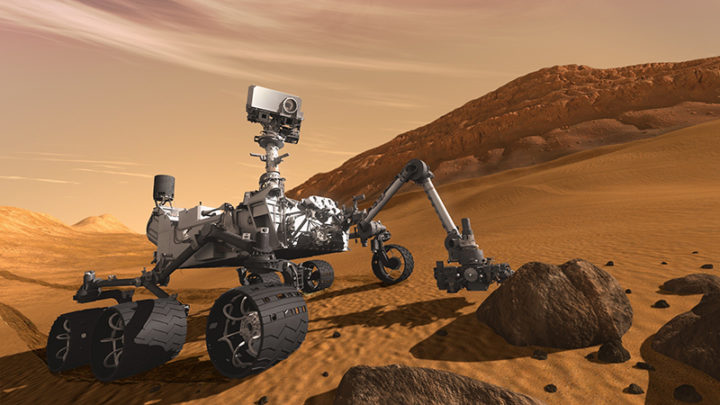The launch, landing and overall mission of NASA’s Mars Science Laboratory (MSL) is one of the most daring and successful space exploration endeavors ever undertaken. MSL’s Curiosity rover has already surpassed its 23-month mission target, and it continues to transmit informative images of the Martian surface on a daily basis.
Among the robust components used in the rover is a set of precision linear bearings from IKO, the LWL Miniature Linear Motion Guides, which integrate special features that allow them to operate for years without human intervention.
While most linear motion systems won’t need to withstand the temperature extremes and mechanical stresses that Curiosity endures, the rover’s design can teach engineers how to improve the precision and reliability of earthbound applications. For example, when you know linear bearings will be used in harsh environments, it is important to:
- Know your design constraints.
- Consider test and lifecycle data.
- Remember that even small loads can cause big problems.
- Remember that small parts can easily malfunction due to debris.
- Don’t be afraid to rely on outside expertise.
To learn more about what this space mission can teach us about linear motion and harsh environments, download the white paper.



